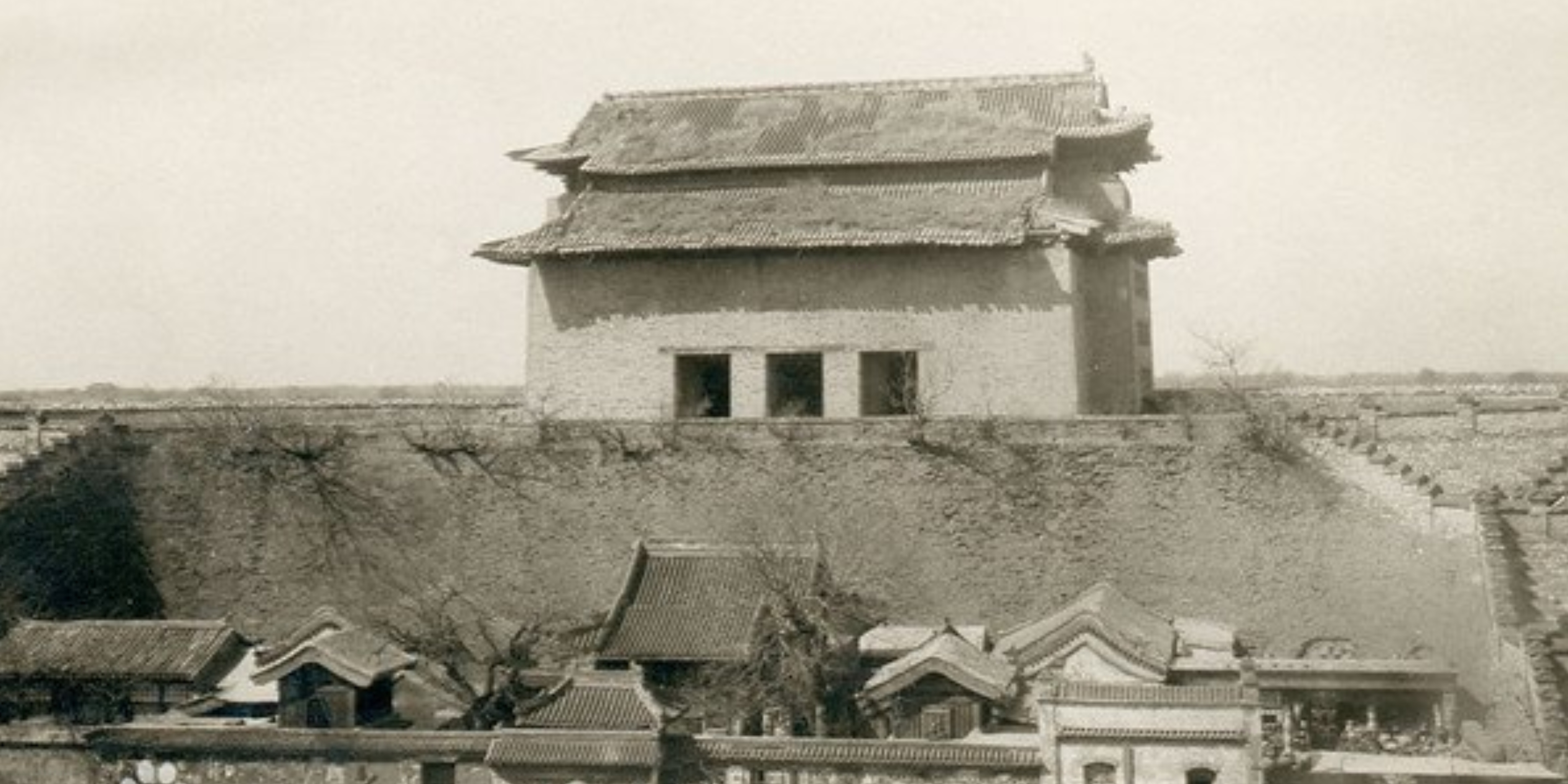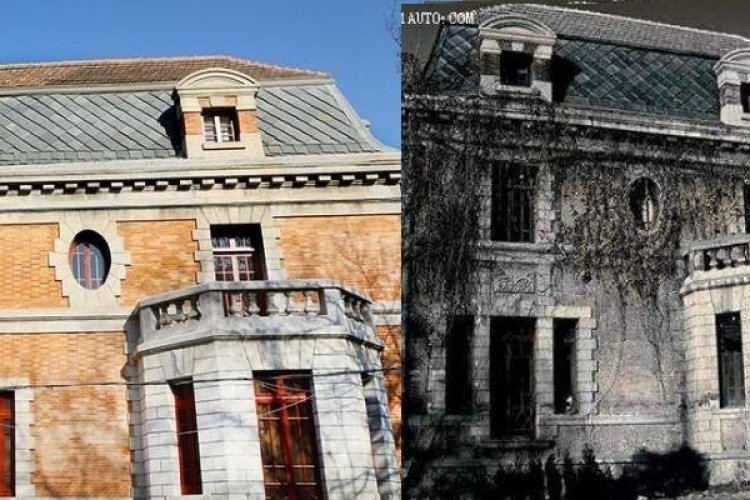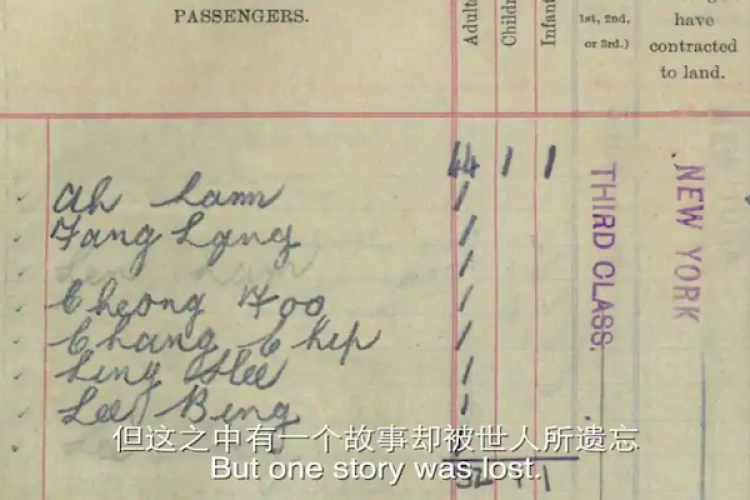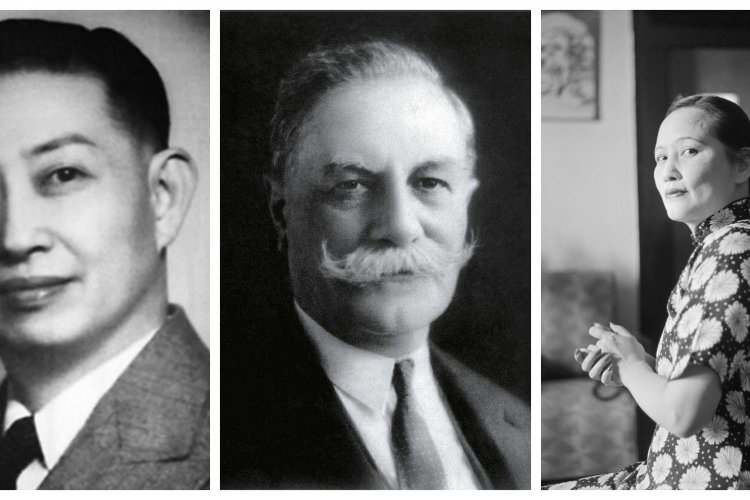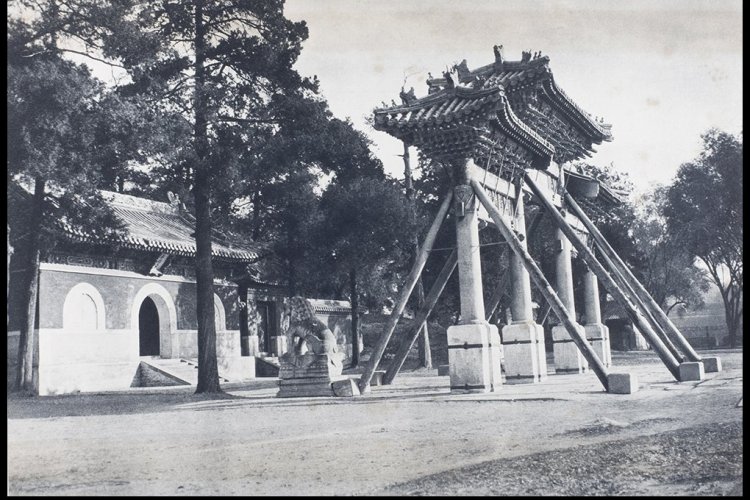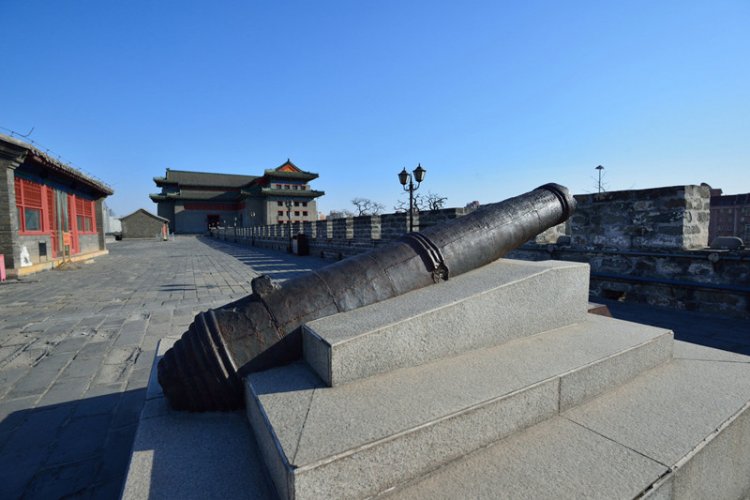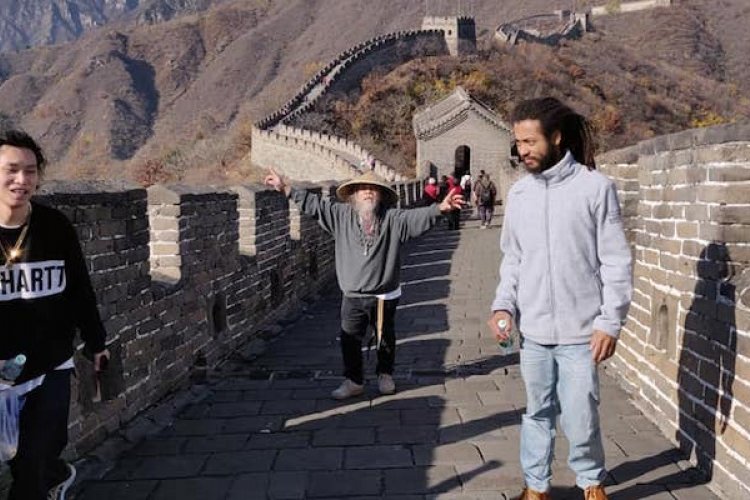Doors to the Past: Visit These 9 Ancient Beijing Gates
I've always been puzzled by the ring road system in Beijing. It didn’t make sense to me when I first arrived here years ago, and it makes only a bit more sense to me now, but it was my fascination about them that lead to me discovering the "Nine Gates" of Beijing.
The Second Ring Road follows the line of the old city walls, which were used together with the gates as points of reference when navigating the city and addresses during the Yuan (1271-1368), Ming (1368-1644), and Qing (1644-1911) dynasties. The inner city, formerly referred to as Jing Cheng (京城) or Da Cheng (大城) had nine gates. The walls and some of the gates were torn down to make room for the development of the city, but others remain as tourist attractions.
The Nine Gates of Beijing
The nine gates are: Chaoyang Gate (朝阳门), Chongwen Gate (崇文门), Zhengyang Gate (正阳门), Xuanwu Gate (宣武门), Fucheng Gate (阜成门), Desheng Gate (德胜门), Anding Gate (安定门), Dongzhi Gate (东直门), and Xizhi Gate (西直门).
Chaoyangmen 朝阳门
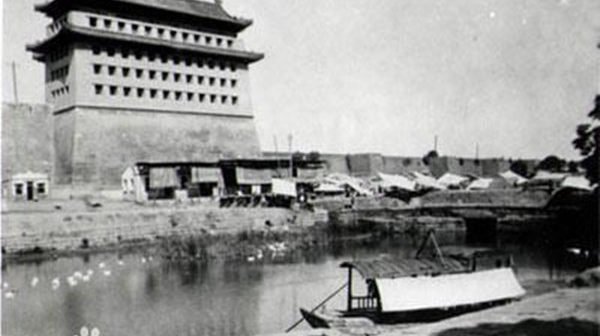
The Chaoyangmen area is now home to malls and shopping centers for both local and international goods, as it draws on its history of being one of the city’s trade centers. In the Yuan dynasty, nine barns were used for storage of grains which passed through the gate from the Tongzhou District carried on carts. Today, malls such as U-Town; and markets such as the Russian and Pearl Markets are just a few of the places where you can browse for souvenirs or lifestyle products.
Chongwenmen 崇文门
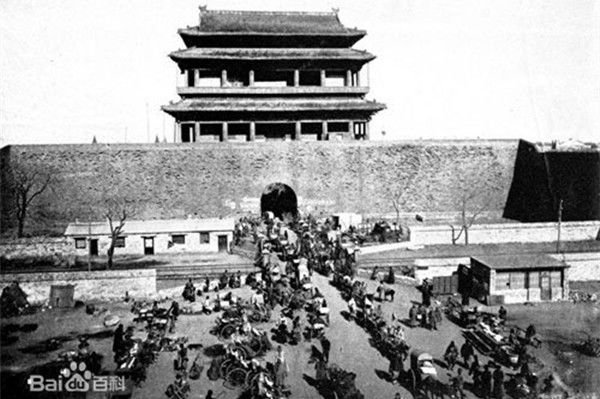
Historically, this gate was known to have the most expensive tariffs, which scared away most businessmen, and was mostly used as a passage for liquor and wine merchants from Hebei Province’s Zhuozhou. Remnants of the old city wall can be found at the Beijing Railway Station in the Chongwenmen area, which is home to the city’s tax and revenue offices for all trade in and out of Beijing. The area offers a very nice photo op's and a glimpse into what Beijing used to look like.
Zhengyangmen 正阳门
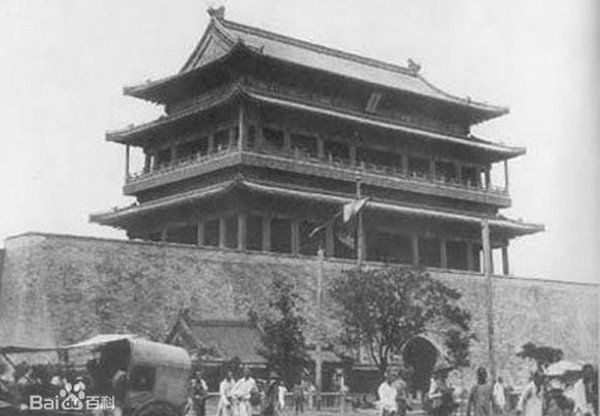
What is now commonly known as Qianmen was known as Zhengyangmen and Lizhengmen (丽正门) in the Yuan Dynasty era. The gate was only used by the emperor twice a year when going to worship at the Temple of Heaven and Xianlong Altar. The Chinese Liberation Army held their celebration for entering the city at this gate in 1949.
Xuanwumen 宣武门
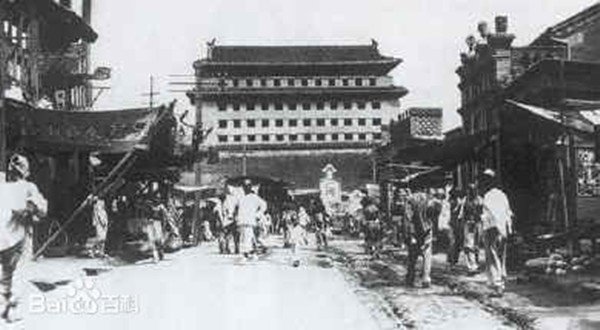
This was called the “Death Gate” because of its proximity to the execution ground Caishikou (菜市口) which was just outside, with prison vans passing through the gate. In the Yuan and early Ming dynasty, it was called Shuncheng Gate (顺承门), rumored to be named after Emperor Shunzhi (顺治门) of the Qing dynasty. In the Xuanwumen area, one of Beijing’s oldest Catholic churches, The Cathedral of the Immaculate Conception, (also known as Xuanwumen Church) is definitely worth checking out.
Fuchengmen 阜成门
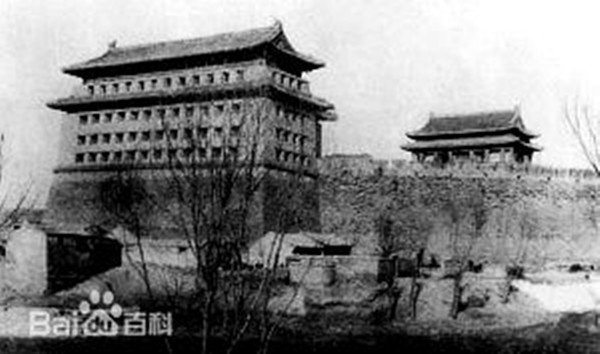
This gate was the designated passage route for coal coming in from Mentougou. Mentougou was Beijing’s main source of coal, and tariffs were lower at Fuchengmen than the Chongwenmen. This gate directly faced the Chaoyangmen toward the east and was called Pingzemen (平则门) during the Yuan Dynasty.
Deshengmen 德胜门
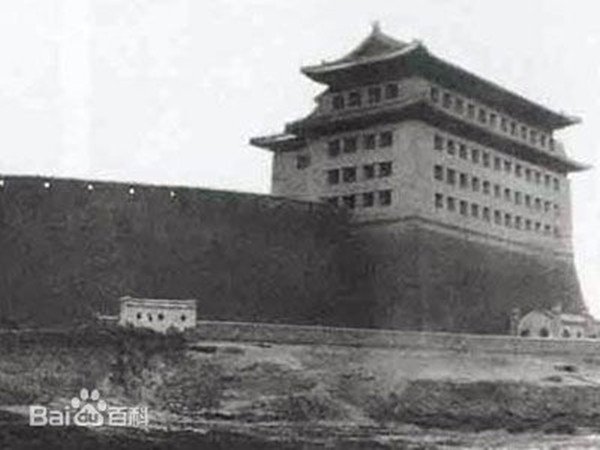
This gate was known as the Jiande Gate (健德门) in the Yuan dynasty. The imperial military would march out of Beijing through Deshengmen, and return through Andingmen, the Gate of Peace and Stability. This gate still survives and is located on the northern Second Ring Road. You can visit to see an ancient coin exhibition inside the barbican structure.
Andingmen 安定门
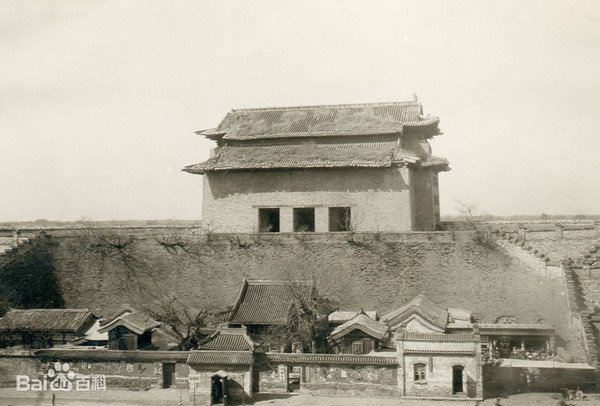
Andingmen was used by victorious troops to march back to the city, to celebrate the peace they had presumably secured (although not for their enemies). The Andingmen area isn’t far from the Drum and Bell Tower area and Ditan Park, and the trendy Gulou area.
Dongzhimen 东直门
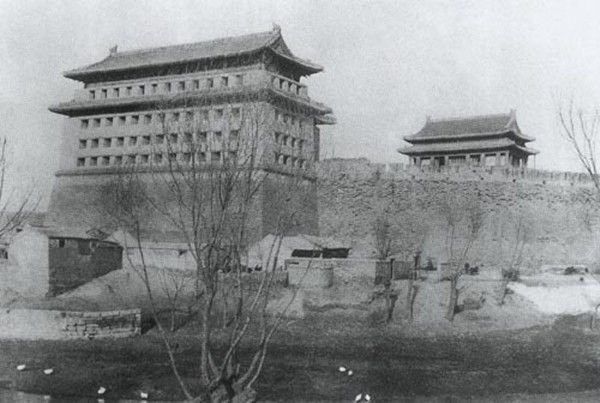
This gate was known as Suiren Gate (祟仁门) in the Yuan dynasty and was the poorest of them all. This gate was mainly used by people from a lower socio-economic status bringing in carts filled with bricks, tiles, and wood. The Dongzhimen area itself is very dull but the outer and inner streets have a decent collection of restaurants that are worth trying. The Raffles City Mall is also a good spot to do a little shopping.
Xizhimen 西直门
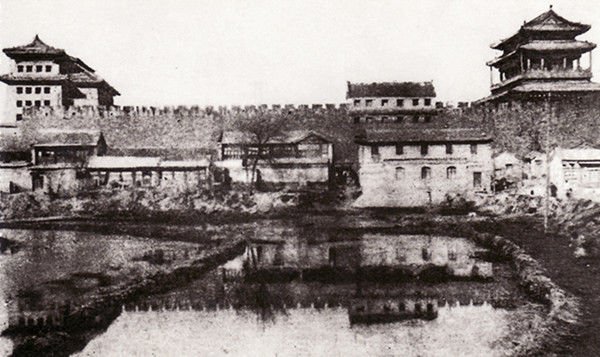
Today, the Xizhimen area is home to the Beijing West Railway Station and was famous in ancient times as an escape route to the verdant Western Hills. Sites such as Xiangshan and the Botanical Gardens were the destinations of choice passing out of Xizhimen and still are. This gate was known as Heyimen (和义门) in the Yuan dynasty.
READ: Dreading a visit to the Forbidden City? Try these imperial alternatives instead.
This article originally appeared on our sister site beijingkids and was sourced from Visit Beijing.
Photos: Visit Beijing

